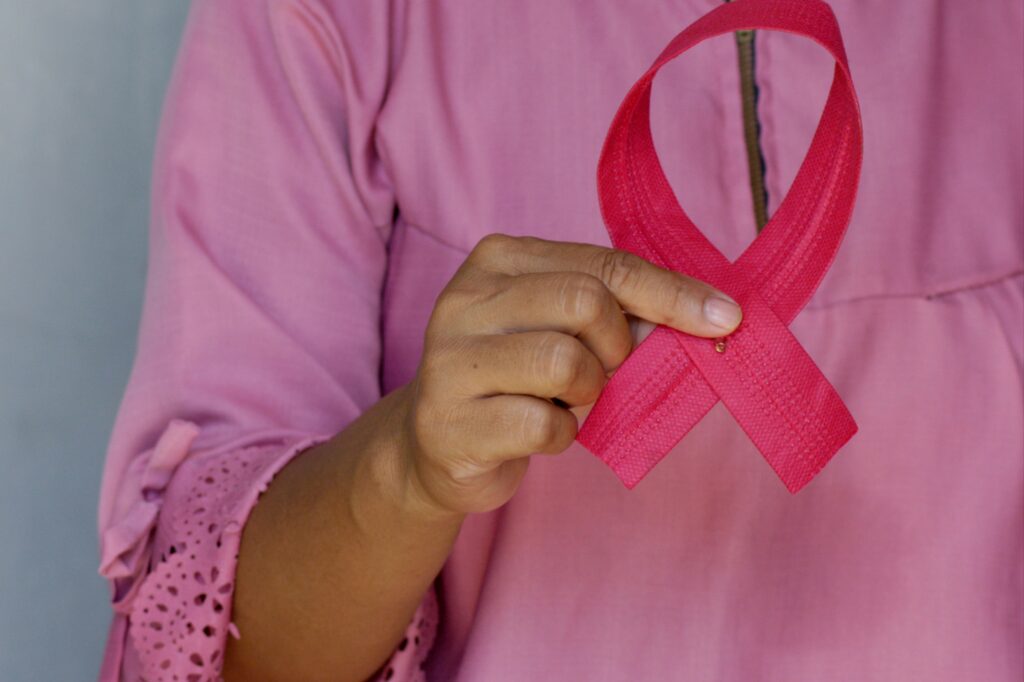
How to Prevent Communicable Diseases in Simple Ways
What is Communicable diseases?
Communicable diseases are illnesses caused by pathogens such as viruses, bacteria, fungi, or parasites that can be transmitted from one person to another or from animals to humans. These diseases spread through various means, including direct contact, indirect contact with infected individuals, and contact with contaminated surfaces or objects. There are also modes of transmission such as direct transmission, indirect transmission, airborne transmission, vector-borne transmission, and so on. There are many ways to prevent communicable diseases in individuals and communities. The following are some of them:
Ways to Avoid Non-Communicable Diseases
- Vaccination can help protect both individuals and the community from diseases like COVID-19, influenza, measles, and other communicable diseases. Vaccination can prevent communicable diseases by following the same methods, such as boosting immunity. Vaccines stimulate the immune system to produce antibodies without causing the disease itself. Additionally, vaccination helps the body recognize and fight off pathogens (bacteria or viruses) if exposed in the future. Essentially, vaccination prepares the body to respond quickly and effectively to infections and also prevents transmission by reducing the number of people who can get infected. Vaccinated individuals are less likely to transmit diseases to others, which lowers the overall incidence of communicable diseases in the community. To prevent future health complications, vaccination not only prevents the initial infection but also the long-term health complications that may arise from diseases, such as chronic conditions or organ damage.
- Safe food handling can prevent food from being improperly cooked and stored, which can lead to the prevention of communicable diseases. Foodborne illness can be avoided by washing fruits and vegetables before eating and by avoiding cross-contamination of raw food with ready-to-eat foods. Safe food handling also helps prevent communicable diseases by reducing the risk of foodborne illnesses through proper hygiene practices, preventing contamination, ensuring adequate cooking temperatures, and maintaining appropriate storage conditions. Foodborne illnesses are caused by consuming contaminated food and can result from various pathogens, including viruses, bacteria, parasites, and chemical substances. According to the Centers for Disease Control, an estimated 48 million people in the United States get sick from foodborne illnesses each year, leading to approximately 128,000 hospitalizations and 3,000 deaths. This is another way to prevent communicable diseases in individuals and communities.
- Regular medical checkups; the regular screenings and health check-ups can help detect and treat communicable diseases early before they spread. Early detection during checkups allows healthcare providers to identify signs of infection even before symptoms appear. For sexually transmitted infections or tuberculosis, early detection can help reduce the risks of transmission to others. Additionally, screening for asymptomatic carriers of communicable diseases like hepatitis B or HIV, which may not show symptoms for a long time, can still lead to transmission to others. Regular medical visits can include tests to identify asymptomatic carriers, preventing the unknown spread of these diseases. Medical checkups are more important for people because they can help individuals understand their health conditions and find ways to solve these problems for both individuals and the community. Therefore, regular checkups should be practiced in order to avoid the issue of communicable diseases in the community and among individuals.
- Avoiding shared personal tools or items is essential; the personal items that people should avoid in order to prevent communicable diseases include towels, razors, and eating utensils, which can transfer germs or viruses. Sharing these items can directly transfer pathogens from one person to another. Avoiding the sharing of such items helps reduce the risk and also limits skin-to-skin transmission. Personal items such as combs, hairbrushes, or cosmetics can also transmit skin-related infections like lice, fungal infections, or bacteria. Avoiding the sharing of items helps to reduce the spread of skin-to-skin diseases. Additionally, reducing exposure to respiratory illnesses is important. Items like tissues, handkerchiefs, and even personal electronics such as phones can carry respiratory droplets from infected individuals. By not sharing these items, you minimize the likelihood of exposure to germs like COVID-19.
- Physical distancing is one of the ways to prevent communicable diseases. During the outbreak of contagious diseases, it is important to maintain a safe distance from people who are sick or during times of high transmission, such as during a pandemic. We can see how physical distancing can prevent communicable diseases as follows: it reduces close contact. Many communicable diseases spread through direct contact with an infected person or infected items, such as shaking hands, hugging, or being in close proximity. By maintaining a safe distance (usually about 6 feet or 2 meters), physical distancing minimizes the chance of coming into contact with infected droplets or surfaces. It also limits airborne transmission; diseases like COVID-19 are often spread through droplets when an infected person coughs, sneezes, or talks. Physical distancing also provides time for containment measures. It helps slow the spread of communicable diseases, giving health systems and authorities time to implement other containment strategies.
- The use of masks is another way among the methods to prevent communicable diseases, and this is explained as follows: in certain situations, especially during the presence of communicable diseases or outbreaks of respiratory diseases like COVID-19 and flu, wearing masks can help prevent the spread of communicable diseases and droplets. The use of masks can prevent communicable diseases by acting as barriers or boundaries that reduce the transmission of infection particles in the air. This provides protection against respiratory viruses, such as those responsible for illnesses like COVID-19 and influenza. Masks are designed to filter out respiratory droplets that are released when a person talks, coughs, or sneezes. These droplets can contain viruses and bacteria that cause communicable diseases. By wearing masks, individuals can significantly reduce the number of infections in the environment or in the air.
- Stay home when sick and practice hand hygiene. If you’re feeling unwell, particularly avoid touching surfaces such as doorknobs, light switches, and phones to reduce the risk of pathogen transmission. Regular handwashing with soap and water for at least 20 seconds, especially before eating and after using the restroom, can significantly reduce the spread of many diseases, especially communicable diseases, in the community and among individuals.
- Avoid unprotected sex and contact, especially regarding sexually transmitted diseases like HIV/AIDS, Hepatitis B and C, Human Papillomavirus, Syphilis, Gonorrhea, yeast infections, pubic lice, and Chlamydia, to mention a few. All of these diseases are transmitted through direct contact from one person to another. It is encouraged to use condoms and dental dams during sexual intercourse and to abstain from unplanned sex to stay safe.
Eventually, communicable diseases, if people cannot be perfect in combating them, can lead to many dangerous effects that can affect communities and individuals. Some of these dangers can cause death and lead to a decrease in manpower in the nation. Additionally, they can increase dependency within the community because when people are affected by communicable diseases, they cannot work and should be provided with basic needs such as food and others. Furthermore, communicable diseases can increase stress for both the affected individuals and those who are not affected, as they fear contracting the disease. Moreover, due to communicable diseases, economic development may decline because some people must close their businesses to avoid exposure. This decline in economic development can also impact the government, as it may need to spend money on medicine and equipment to prevent specific diseases like COVID-19, which are communicable diseases.




